How can Mondelēz International – the world’s biggest chocolate company – show their consumers that their chocolate is produced in a sustainable way?
I was recently in Ghana with a group of Mondelēz’s European staff, seeing for themselves how their company is working with cocoa farmers through its Cocoa Life sustainability programme. The purpose of the visit was for the Ambassadors to understand all the ingredients of their supply chain, as well as connecting and creating a platform for employees and cocoa farmers. A further objective for the Ambassadors was to raise awareness in Europe of the Cocoa Life programme not only with employees within Europe, but also to their consumers.
On the fourth day of a whirlwind tour, as we were driving down a red dirt track to reach a cocoa farming community, a Cocoa Life Ambassador turned to me and said: ‘How are we going to explain this complex and multi-faceted programme to our consumers?’
At that point it must have seemed an impossible question to answer. Following the cocoa journey from bean to bar, we had met many partners along the way – from the government body which regulates the industry; to the hand pollination farm; the factory that processes the beans; the research institute that provides advice on the best varieties of cocoa trees to use; the community mobilisation groups; the organisation that provides shade trees which help young cocoa trees to grow; the cocoa farming women’s groups who have been empowered to take more control of their lives financially… the list goes on.
Mondelēz International have partnered with 13 organisations including government, local NGOs and international NGOs like CARE International to deliver a programme which aims to reach 500 of the 8,000 cocoa farming communities in Ghana. The Cocoa Life approach is designed to address all factors which enable better livelihoods for the farmers, with the aim to increase cocoa yields and help Mondelēz International expand in markets like India and China which have never before had such a taste for chocolate.
International development charities are accustomed to the challenge of communicating complex development programming through messaging which is appropriate for a variety of audiences including governments, donors and individuals – like my 60-year-old mum, who likes to give to charities where she feels there is a need and connection. My mum also likes to know that the products that she buys are ethical and that there is no negative impact on the lives of the poorest in the world – any reassurances of this make her feel good about her choices.
Whilst there are often tensions within international NGOs between how fundraisers and communications practitioners relay the message to the public, the practice has been tested and honed over the last few hundred years. Earliest fundraising appeals that are recorded date back to the 13th century where in Japan a letter requested funds for monks’ accommodation, and here in the UK Oxfam were appealing for funds through simple messaging in the 1960s: an extremely successful appeal about hunger which did not explain the intricacies of the programme, but made it clear in simple terms why they needed the funding. Whilst Oxfam today may not use such imagery, it’s interesting to see what has worked and how a message has reached out to connect with individuals.
The Cocoa Life programme is not just strengthening the cocoa supply chain – it is also bringing tangible benefits to cocoa farmers and their communities. Mondelēz want their consumers to appreciate the values that they hold as an organisation and to show that they provide clear terms of trade and care about their cocoa farmers. So how can they communicate this to their consumers? Are there any organisations which have been able to express their sustainability message simply and effectively?
People Tree UK, a fair-trade sustainable fashion retailer, ran an instagram campaign in April 2016 which aimed to do just this. #whomademyclothes is a great example of linking their customers with the women who make their clothes – a clear CSR (corporate social responsibility) message captured in images and very few words. What does the customer think, feel and do? They feel that People Tree UK is a responsible organisation which does not exploit the women who sustain their business, they feel proud to buy ethically and what will they do? Buy more!
In a similar vein, CARE International UK produced a film in 2011 to raise awareness of garment workers in Bangladesh where the question was posed – ‘Do you know where your clothes come from?’. In this short film the story had more time to unfold but with total views of just over 11,000, it didn’t reach a mass audience.
The lazy brain
What else is important? The amount of time that an organisation has to capture the attention of a consumer who is being bombarded with messages. In research conducted by Phil Barden, author of the publication Decoded, marketing professionals have less than 3 seconds to grab attention through an advert, dependent on the media type. So the image and/or message needs cut-through. In research by Nobel laureate and founder of behavioural economics Daniel Kahneman, he proves that we have two modes of thinking: fast and slow. Within the development sector we spend a lot of time in slow thinking mode, however this takes a lot of brainpower and naturally the brain wants to take short cuts – especially when we are said to be bombarded by thousands of advertising messages each day. The clever people at ASAP Science have created a great video which illustrates this fact. Why not test your own brain out?
Don’t tell the whole story, there isn’t time and people don’t care! (sorry)
The fact is the entire story does not need to be told to capture attention – especially if you aim to do this on the packaging of a bar of chocolate, alongside all the regulatory information that must be included. The stories of people will inspire, such as the female cocoa farmer who wants her daughter to go to school – connecting to the mother in the UK who buys her children chocolate after they pass their school exams. Simple stories that are relevant to the individual are important.
So what are the ingredients to successfully communicating a complex message to my 60-year-old mum? Keep it simple, connect the consumer to the cocoa farmer and once you have them engaged – little by little over time tell more parts of the story. Keeping the audience in mind – and the context in which they will encounter the story – is vital.
Mondelēz International Cocoa Life
Mondelēz International are investing $400m in Cocoa Life with the aim of empowering 200,000 cocoa farmers by 2022, and bring positive change to the lives of one million community members in six cocoa-growing countries: Côte d’Ivoire, Ghana, Indonesia, India, the Dominican Republic and Brazil.
CARE and Cocoa Life
CARE has a long history of working in the cocoa economy by supporting farmers to adopt the most appropriate and environmentally-friendly agricultural practices and technologies in order to sustainably increase the productivity and profitability of cocoa farms.
We are currently working with Mondelēz International in over 200 cocoa-growing communities in Ghana and Côte-d’Ivoire as part of the Cocoa Life partnership.
Through Cocoa Life we support poor cocoa farmers by promoting better access to agricultural resources, encouraging the adoption of good farming practices and strengthening farmer organisations. We also support farmers to increase their access to finance, through savings and loans groups, and to develop additional livelihood options. This helps to diversify the local economy and make the communities more resilient.
A key issue is gender inequality. Cocoa farming is viewed as a ‘male’ activity in most countries but in reality it’s the women who do a lot of the work that is critical to productivity and quality of final output. So we place special focus on addressing the key challenges faced by women in cocoa farms, within their communities and at the household level.
Author
Shabnam Amini is the Fundraising, Partnerships and Communications Director at CARE International UK. Shabnam has been communicating to consumer audiences for over 15 years with experience in the private and not-for-profit sectors from very well-known financial institutions to a high street delivery pizza chain and small local charities offering health and community services for those living with HIV. For the last 10 years she has acquired and developed individual supporters through a variety of channels from TV advertising to digital and press for development charities. She is passionate about making humanitarian and international development accessible to large audiences through the power of storytelling, compelling imagery and simple messaging.
Twitter @shabs0577










